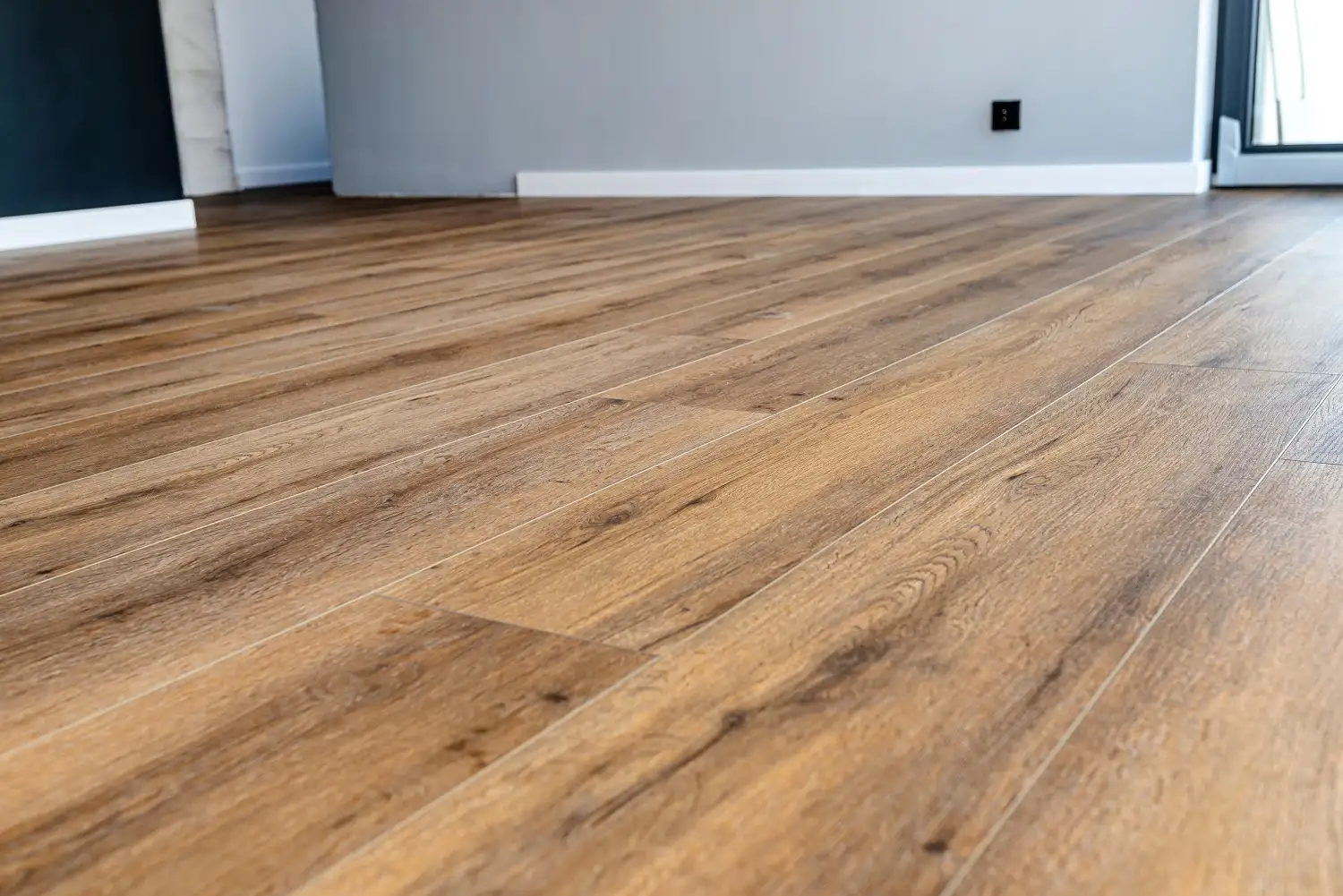Chicago homeowners face a challenge beyond material selection. Choosing the right flooring color impacts room appearance, maintenance, and long-term satisfaction. A flooring color that works beautifully in one space can shrink in another or clash with natural light patterns. In this guide, we’ll explore how to make informed choices that enhance your space’s aesthetics and functionality. As a leading Chicago flooring company, we provide expert insights to help you select the perfect flooring to complement your home’s unique style and needs. If you're looking to understand how different flooring materials can impact your space, we offer detailed insights in our complete guide on how to choose flooring.
Essential Factors for Flooring Color Selection
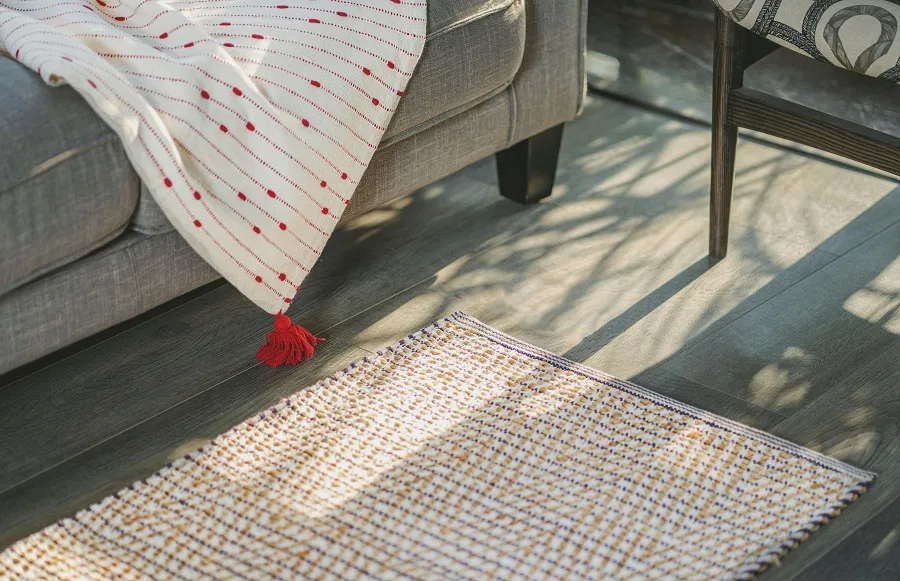
Flooring color choice extends beyond personal preference. Room size, natural light availability, traffic patterns, and lifestyle demands determine which colors perform best.
Light vs. Dark Flooring: What You Need to Know
Lighter flooring colors make rooms feel larger and brighter. Light oak, maple, or pine reflect natural light, enhancing space perception, especially in smaller Chicago apartments and north-facing rooms. However, light floors show dirt and mud easily, requiring frequent cleaning - an issue for busy households with kids or pets.
Darker flooring like walnut or espresso-stained oak adds warmth and elegance, ideal for large open spaces. Dark tones hide dirt better but can make small rooms feel confined, and scratches are more visible, especially on laminate and vinyl surfaces.
Room Size and Lighting Conditions
Rooms under 200 square feet benefit from lighter flooring, preventing cramped feelings. Light reflection from pale floors increases ambient illumination by 30-40% in small spaces. Large rooms exceeding 400 square feet need darker tones, preventing the "bowling alley effect" common in Chicago's narrow vintage homes.
Natural light direction changes the color appearance. North-facing rooms receive cool light, making warm-toned flooring appear neutral. South-facing exposures intensify yellow and red undertones, while cool-toned floors in gray or ash balance this warmth.
Matching Flooring Colors with Interior Design Styles
- Modern interiors favor clean, monochromatic palettes - gray luxury vinyl plank or whitewashed hardwood provide a minimalist base that highlights bold furniture and art.
- Traditional spaces suit warm, rich woods like cherry, walnut, or mahogany. According to the National Wood Flooring Association, matching floors to architectural style supports higher resale value.
- Farmhouse and rustic designs work best with natural, grain-rich tones such as honey, caramel, or weathered gray in wide-plank or reclaimed looks for a lived-in charm.
- Industrial spaces pair with cool, neutral options like concrete-look porcelain tile or gray-washed engineered wood to balance brick and metal accents.
- Contemporary design allows freedom — charcoal, espresso, or bleached white oak can all serve as striking statement floors when coordinated with the room’s palette.
Choosing Flooring Colors for Specific Rooms

Different rooms serve distinct functions requiring tailored color approaches.
High Traffic Areas: Entryways and Hallways
Entryways and hallways need durable, dark-to-medium flooring that hides dirt and wear. Waterproof vinyl flooring in gray, slate, or walnut tones resists moisture from Chicago’s winters. Slightly varying hallway tones from adjacent rooms prevent monotony while maintaining flow.
Living Rooms and Open Concept Spaces
Medium woods like oak or hickory, whether in hardwood or engineered wood, provide versatility and warmth. Consistent flooring across open layouts enhances visual continuity, with lighter tones expanding space and medium hues keeping it grounded. Natural wood finishes promote comfort and relaxation, making them ideal for creating inviting and cohesive living areas.
Bedrooms: Comfort and Relaxation
Prioritize comfort and calm. Light floors in white oak or maple create airy, restful spaces. Carpet in neutral tones offers warmth for Chicago’s cold seasons. Dark hardwood suits larger bedrooms seeking a dramatic, luxurious look.
Kitchens and Bathrooms: Practical Considerations
Use water-resistant options like vinyl or ceramic tile. Medium to dark tones conceal spills and stains; lighter colors brighten small bathrooms but need more cleaning. Avoid dark grout that highlights residue.
Practical Tips for Testing Flooring Colors
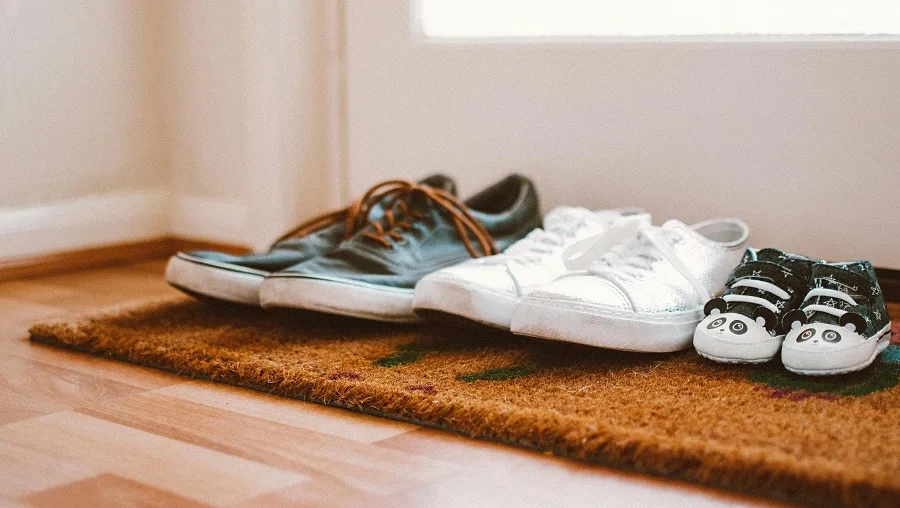
Never select flooring based solely on small showroom samples under commercial lighting. Colors appear dramatically different in your specific home environment.
- Use large samples: Choose boards at least 12"x12" and test them in different parts of the room.
- Observe over time: Check samples at various times of day to see how lighting changes color appearance.
- Match with décor: Place samples beside walls and furniture to ensure coordination.
- Try visualization tools: Use online or AR floor visualizers for a digital preview of how the flooring will look in your space.
- Consult experts: Designers can create renderings that help you visualize results and avoid costly mistakes.
Popular Flooring Color Trends
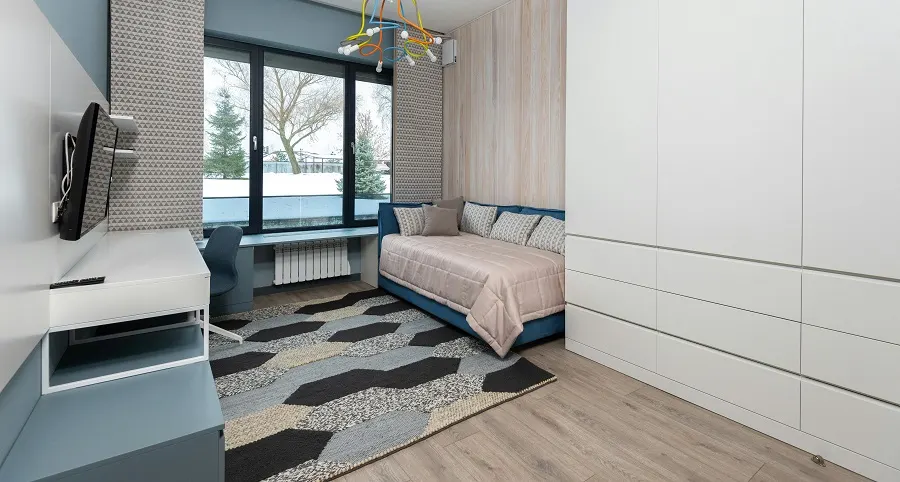
Flooring trends evolve gradually, with Chicago shifting from gray tones (2015-2020) to warmer hues like light to medium oak for a cozier feel. Wide-plank floors highlighting natural wood grains are growing in popularity across hardwood, engineered wood, and luxury vinyl. Matte finishes are trending for their natural look and better scratch resistance compared to high-gloss options.
🌟 Current Chicago preferences:
- Warm tones like light to medium oak are replacing cool grays.
- Wide-plank floors with natural grain variations add a luxurious touch.
- Matte finishes are trending for their sophisticated and scratch-hiding qualities.
🛠️ Timeless colors:
- Medium oak remains the most universally appealing and versatile color.
- Neutral tones like natural wood, soft grays, and warm beiges are enduring choices.
- Very light and dark floors follow trends and can feel outdated quickly.
🎨 Bold choices:
- Bold tones like charcoal gray or weathered driftwood create strong design statements.
- These colors limit flexibility for future decorating.
- Reclaimed barn wood tones are popular in Chicago, adding regional charm to lofts and vintage homes.
Get Expert Flooring Color Guidance
Selecting flooring color involves balancing aesthetics, practicality, and long-term satisfaction. Chicago's unique climate and housing stock create additional considerations beyond general design principles. With over 50 years of experience installing flooring across Chicagoland, Simple Flooring Company understands exactly which colors and materials perform best in Illinois homes. Contact us today.
.svg)





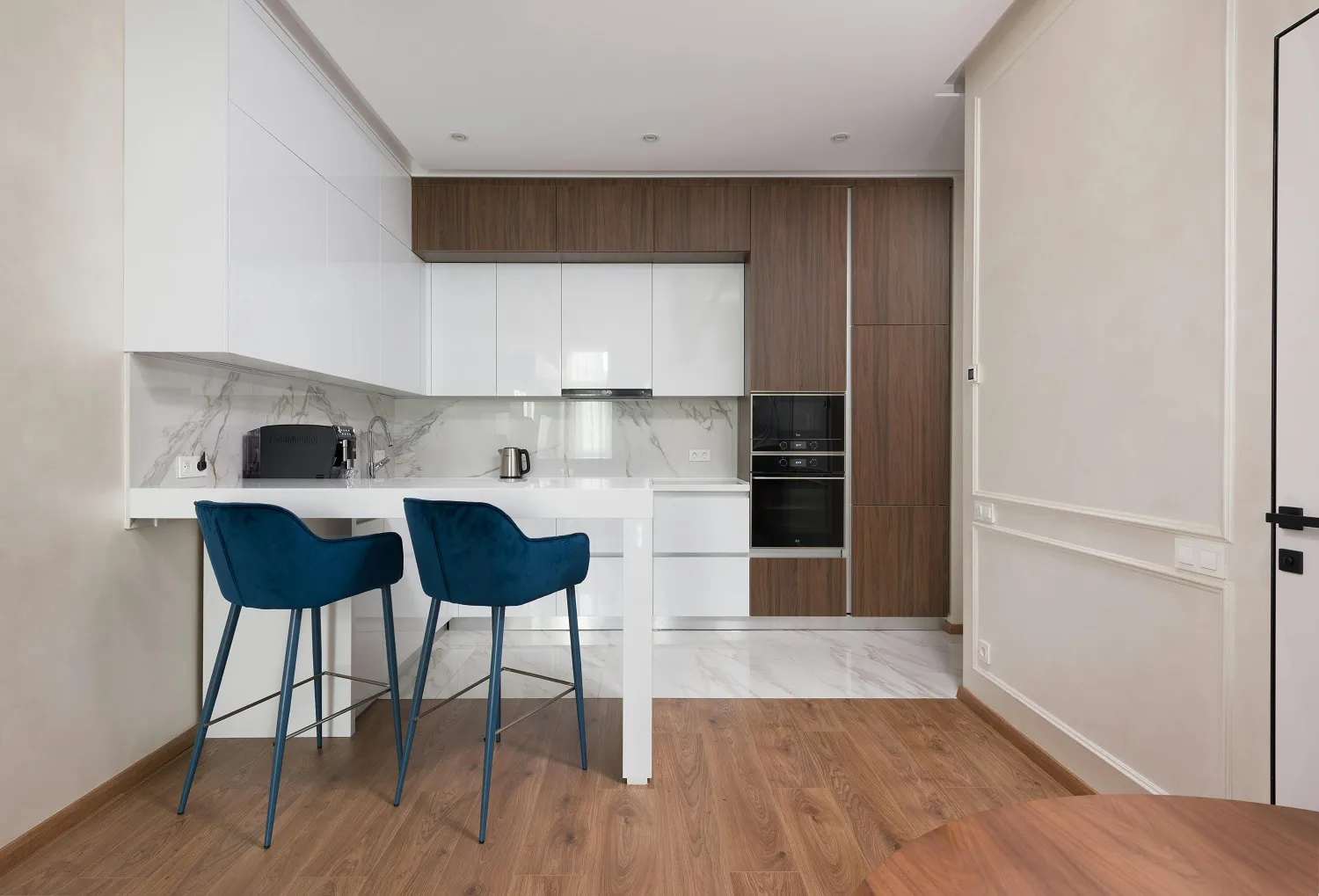
.svg)


